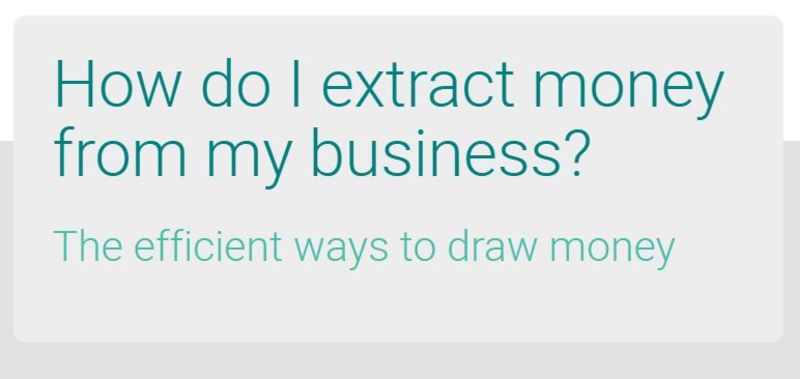
How do I extract money from my business? The efficient ways to draw money
Price Bailey

Your business is growing, your order books are full, and everything is going well. But what’s the best way to draw money out, so you can feel the benefit of your success?
There are several options, but withdrawing money tax-efficiently takes a little planning.
Director’s Loan
When you started out, you might have provided a loan to the business before you began making sales, and your cash flow was low. Just like any other loan, it’s payable back to you, and the repayments you receive aren’t subject to personal tax.
Salary
As the boss, you can earn a salary from your business, just like any other employee. However, as you have other earning options from the company, you might want to keep the salary part of your income low, to reduce the tax you pay. For example, you can take a salary of around £9,000 without incurring national insurance or income tax – and your salary is also seen as a tax-deductible cost to your business.
Reimbursable expenses
As long as your expenses are only for work, you can claim them back from the business. HMRC also allows other options for using personal assets for business. For example, if you’re travelling in your own car on business, you can claim 45p per mile without incurring income tax. As an added bonus, there’s no personal tax to pay on this, and you get a reduction in corporation tax.
Pension
Both employers and employees can contribute towards a pension fund set up by the business. This is an allowable expense against personal tax, and your company can save 20 percent corporation tax on the amounts paid. (But if your business is growing and needs to maintain cash flow, you might not want to be paying out money you can’t access until you retire.)
Dividends
Once your company has paid 20 percent corporation tax on its profit, you can pay what’s left to shareholders as dividends. This way, you can keep salary costs low and pay your shareholders after earning actual profits. This is the most tax-efficient way for owners to earn from a business.
Each of these options has pros and cons, which you’ll need to consider before going ahead. We can help you navigate through them, to ensure your business continues to grow, and you continue to earn.
You can view this original Price Bailey article here